Consolidated PB4Y-2 Privateer USAF
Production Time 9 to 10 weeks
Shipment is by FedEx, UPS or DHL International Express Courier with a normal door-to-door delivery time worldwide of within 2-3 business days after dispatch. Due to the current volatility of world fuel prices, the amount mentioned here is our best estimate for DHL and UPS and may be subject to change at the time of shipping.

Model Description: Consolidated PB4Y-2 Privateer USAF Replica Scale Custom Model Aircraft
Manufacturer: Consolidated Aircraft
Wingspan: 17 Inches (43.2 Centimeters)
Height: 4.65 Inches (11.8 Centimeters)
Scale: 1:78
$239.50
Production Time 9 to 10 weeks
-
United States dollar ($)
-
Pound sterling (£)
-
Euro (€)
-
Australian dollar ($)
-
Canadian dollar ($)
-
Singapore dollar ($)
-
Swiss franc (CHF)
-
Japanese yen (¥)
-
Danish krone (kr.)
-
Hong Kong dollar ($)
-
Norwegian krone (kr)
-
Swedish krona (kr)
-
United Arab Emirates dirham (د.إ)
General Product Description
Our PlaneArts Consolidated PB4Y-2 Privateer USAF model exhibits unique, unrivaled quality and detailed design to come as close as possible to the accuracy of the actual plane. It comes as standard with a robust, durable base or stand which is available in a variety of different finishes designed to match your own personal requirements including solid wood, wood with polished metal supports or adjustable wood wall mount and will be ready within about 9-10 weeks from placement of order.
The Consolidated PB4Y-2 Privateer USAF model is made of the finest kiln dried renewable mahogany wood (commonly known as Lauan or Meranti) which has undergone many stages of carving and meticulous and careful sanding giving the beautiful, finished museum quality masterpiece. Many collectors and model connoisseurs demonstrate their preference for genuine handmade and hand painted mahogany wood models rather than plastic or die cast (diecast) alternatives due to the overall look and totally different feel of the item - we trust you will find the same. We can however, if required produce the same model in Solid Cast Resin so just click and contact us for further information. Our craftsmen and gifted artisans ensure that our finely handcrafted model airplanes match the precise blueprint details of the original aircraft. The paint scheme, markings and parts are closely matched, reflecting the original aircraft. This stylish top-quality desktop replica model will surely enthrall anyone who receives this as a gift and for sure one of the most appropriate and desirably collectable gifts for any military aviation enthusiast and avid aircraft collector whilst also displaying a perfect resemblance to the actual real life version.
There are many types of military propeller aircraft, but the basic types are bombers, fighters, fighter bombers, spotter planes, transporters, patrol aircraft, trainers, and reconnaissance and observation aircraft. All these types of aircraft are used for different types of missions. If you're a fan of historic or present-day military aviation, our model aircraft will bring the excitement and character of these aircraft right into your own home. You can order a wood airplane model of a North American B-25 Mitchell Bomber, a B17 - Flying Fortress, or a P-51 Mustang Nervous Energy V not forgetting the Bf 109, Spitfire, FW 190, A6M Zero, P-38 and F4U. These classic, propeller airplane models are of the highest quality. Each is individually crafted by our expert craftsmen. They produce handmade scale mahogany airplane models of the finest aircraft from World War I and II to present day biplanes and triplanes.
If you require, we can also make the Consolidated PB4Y-2 Privateer USAF model in any other military, government or even private livery or colour scheme you require and if necessary, in a different size or scale. Just click here to contact us with a description or photographs of what you require, and we will let you have a quotation for the necessary customization by return email. We can also make bespoke scale replicas of any other private / civil commercial airliner or airliners, helicopter, glider, gliders with engines, military jet, warplane jets, biplane, triplane, tail fin, spacecraft, rocket or NASA model you require in any airline, military or civilian livery or colors. We also produce model airships, blimps, dirigibles, blimps, boats, and ship collectibles. Wall plaque or seal for military, government or private customers. Again, by clicking here to contact us just let us know exactly what you need.
Soaring Through History: The Consolidated PB4Y-2 Privateer and Its Impact on USAF Operations
In the annals of military aviation history, the Consolidated PB4Y-2 Privateer holds a distinguished place, particularly within the context of the United States Air Force (USAF) and its predecessor, the United States Army Air Forces (USAAF). This long-range maritime patrol and bomber aircraft, a derivative of the famed B-24 Liberator, was adapted for naval service and played a pivotal role in World War II and the early Cold War period. Here, we delve into the unique features and historical significance of the PB4Y-2 Privateer, shedding light on its contributions and the reasons behind its enduring legacy.
Design Evolution and Features:
The PB4Y-2 Privateer was a testament to the adaptability and innovation in military aircraft design during the 1940s. Unlike its progenitor, the B-24 Liberator, the Privateer featured several distinctive modifications tailored to its role in maritime patrol, reconnaissance, and anti-submarine warfare. These included:
- Single Tail Fin: Perhaps the most noticeable difference from the B-24 was the PB4Y-2’s single tail fin, which improved stability and handling, especially during low-altitude operations over water.
- Increased Wing Span: To enhance its range and endurance for long-duration patrols, the Privateer was equipped with a longer wing span, facilitating extended missions far from base.
- Modified Fuselage: The fuselage was redesigned to accommodate additional fuel tanks, radar equipment, and bomb bays, making the Privateer a formidable platform for its maritime missions.
- Advanced Avionics: Equipped with state-of-the-art (for its time) radar and navigation systems, the PB4Y-2 was adept at detecting and engaging enemy submarines and ships, even under adverse weather conditions.
Operational History:
The PB4Y-2 Privateer was introduced into service in 1944, quickly becoming an indispensable asset for the US Navy and, subsequently, the USAF. Its missions ranged from anti-submarine warfare in the Atlantic and Pacific theaters to reconnaissance and heavy bombing operations in the Korean War. The versatility and reliability of the Privateer made it a valuable tool in the early Cold War period, participating in electronic intelligence gathering and serving as a platform for atmospheric nuclear testing.
One of the PB4Y-2’s significant contributions was its role in closing the “Mid-Atlantic gap,” an area beyond the range of other Allied aircraft where German U-boats had operated with relative impunity. The Privateer’s extended range and advanced radar capabilities made it a key player in diminishing the U-boat threat, thereby safeguarding Allied shipping lanes and contributing to the broader strategic success of the Allies.
Legacy and Impact:
The PB4Y-2 Privateer’s operational flexibility demonstrated the increasing importance of specialized aircraft in naval warfare and strategic reconnaissance. Even as newer models of aircraft emerged, the Privateer’s adaptability allowed it to serve in various capacities until the late 1950s, and in some cases, even beyond. Its contributions to the development of maritime patrol tactics and technology paved the way for successors like the Lockheed P-3 Orion.
Moreover, the Privateer’s involvement in early Cold War electronic surveillance and atmospheric testing missions underscored the growing significance of aerial intelligence and environmental research in military and civilian contexts.
Conclusion:
The Consolidated PB4Y-2 Privateer, with its unique design features and versatile operational capabilities, played a crucial role in the evolution of aerial warfare and reconnaissance. Its legacy, marked by contributions to the Allied victory in World War II and the shaping of early Cold War strategy, highlights the importance of innovation and adaptability in the face of changing technological and geopolitical landscapes. As we reflect on the Privateer’s place in history, it serves as a reminder of the enduring impact of such pioneering aircraft on the development of air power and its strategic applications.
| Weight | 6 kg |
|---|---|
| Dimensions | 11.5 × 17 × 4.65 in |

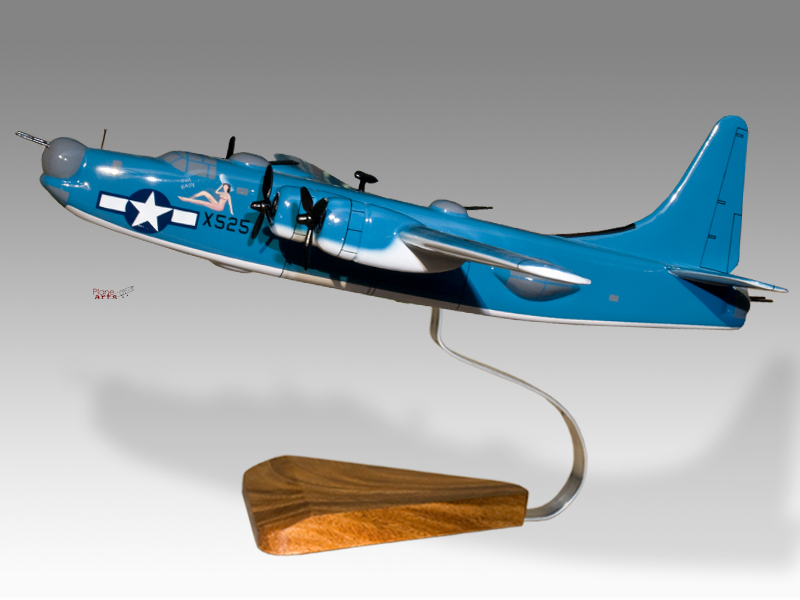
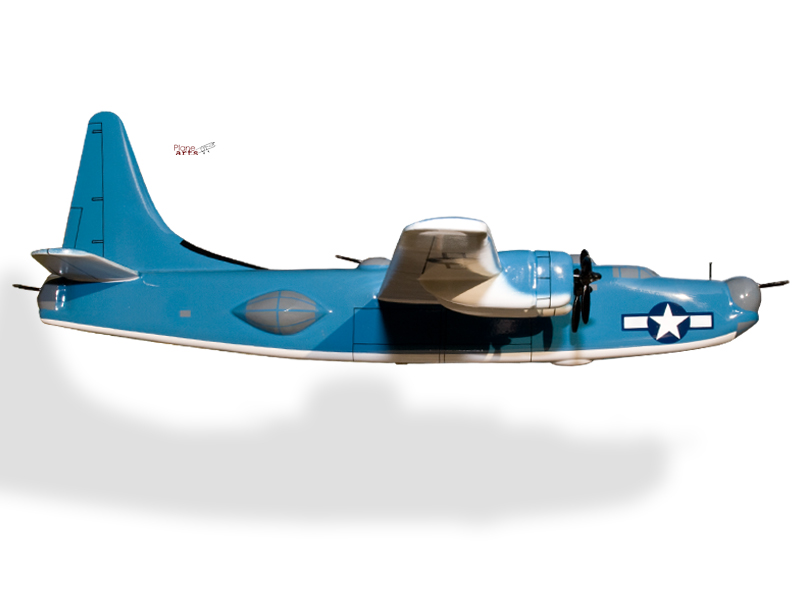
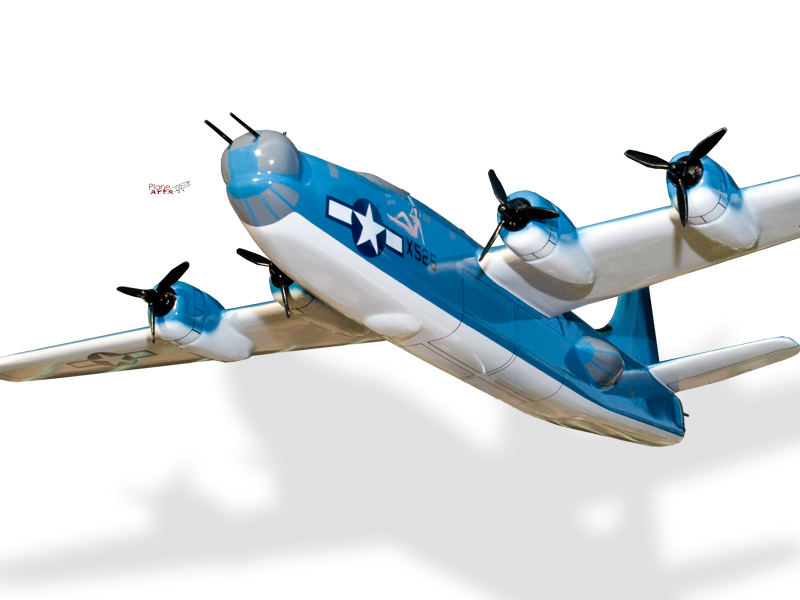
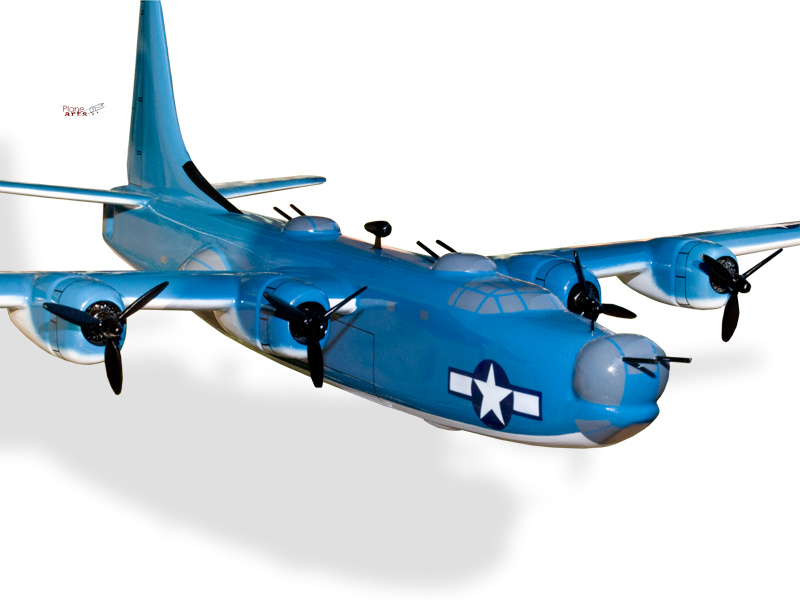
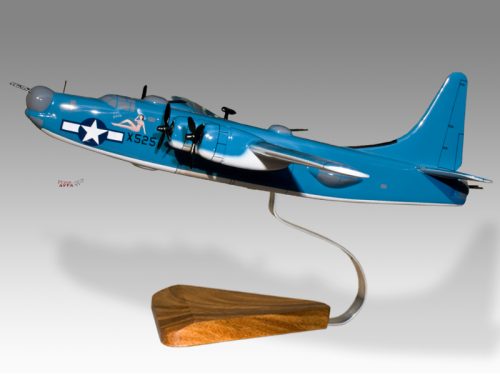
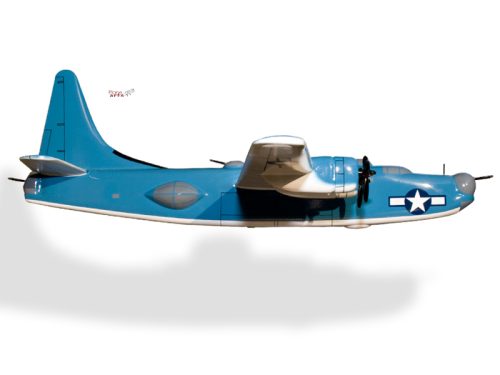
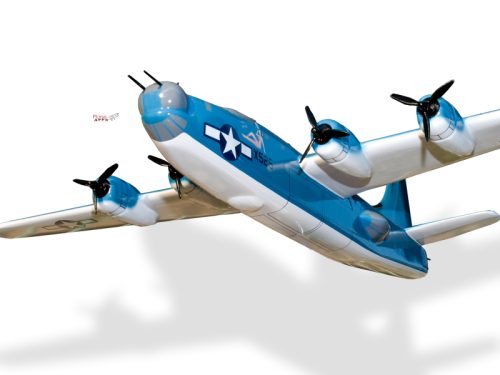
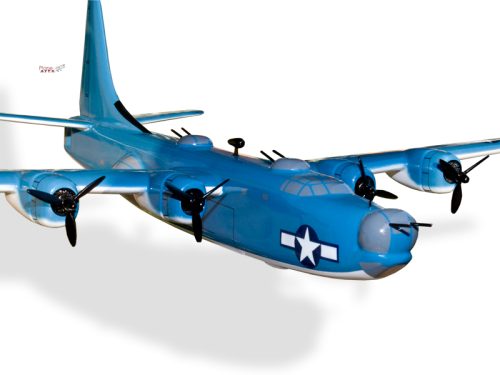


Reviews
There are no reviews yet.